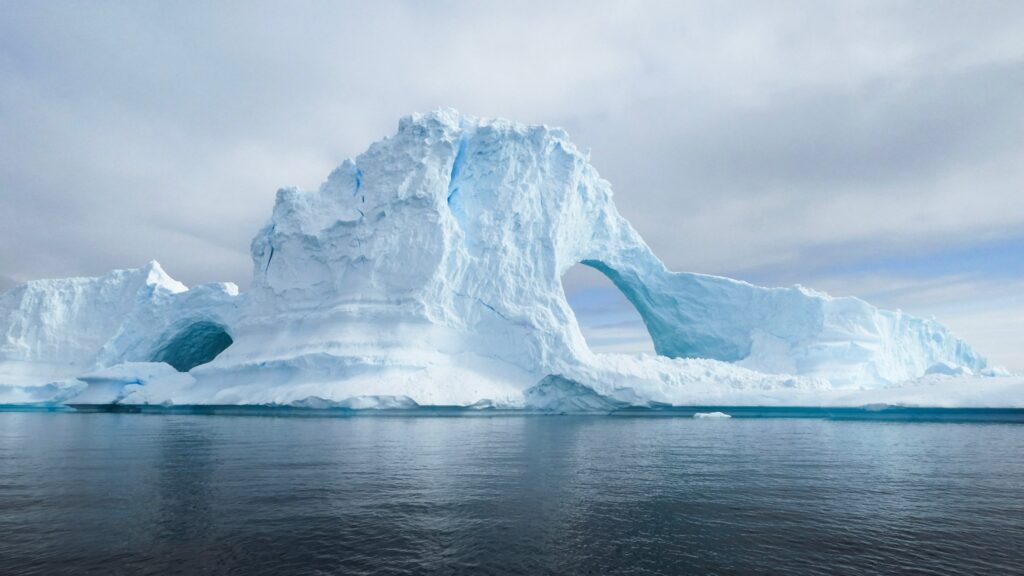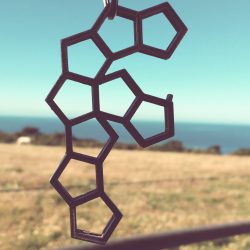
Honoured to be part of the Polar Sounds project by Cities and Memory
My track PALAOA dreams. Made from and inspired by the sound of rubbing sea ice. Recorded at the remote PALAOA underwater acoustic observatory.
The Perennial Acoustic Observatory in the Antarctic Ocean, or PALAOA. Records the sounds of whales and other sea life, icebergs and mysterious phenomena. It is an unmanned research station located near the Neumayer Station on the ice shelf of Atka Bay, Antarctica.
Original raw sea ice recording I used as source material is below.
“My aim with PALAOA dreams was to enhance the feeling and mood of the original recording made at the acoustic observatory. Without my additions and embellishments getting in the way or worse, overwhelming the mysterious Antarctic ice sounds. I want to transport listeners to a polar wilderness whether they are aware of the technical background to the piece and project or not.”
Explore the whole Polar Sounds project here.
Polar Sounds is a collaboration between Cities and Memory, the Helmholtz Institute for Functional Marine Biodiversity (HIFMB) and the Alfred Wegener Institute, Helmholtz Centre for Polar and Marine Research (AWI).
The sound clips chosen for the project were recorded from hydrophones located in the Arctic and Antarctic seas. They consist of a mixture of biotic, geophonic and anthropogenic sounds.
Taking the world of polar sounds to an entirely different place. Each recording has been reshaped and reimagined as a creative composition. More than 100 musicians and sound artists from all over the world, in turn reflected on the memories and feelings those sounds evoke.
The project documents not just the sounds of life at the ends of the Earth. But also urges us to consider the fragility of our polar ecosystem in the face of the climate crisis. The Earth’s poles warming faster than the global average. This collection of sounds aims to draw attention to a fascinating but rapidly changing environment. And encourages us to think about ways to preserve it for future generations.
Out of all the senses, sound is the one that travels the furthest in the oceans. Because of this, acoustic methods are becoming a critical tool for scientists. Leading to a better understanding of the Polar seas and the marine biodiversity within.
When sight is impossible, acoustic data can give scientists invaluable information. On breeding habits, migration patterns and the ways in which human-made noise negatively affects marine environments.
The collection of recordings includes: Rare recordings of whale song, odontocete species including sperm whales, killer whales, dolphins and narwhals, seal species including the Weddell seal, leopard and crabeater seals and little-studied Ross seal, anthropogenic arctic sounds – seismic surveying guns and ship noise. The awe-inspiring sounds of crashing glaciers and singing sea ice. Mysterious unidentified sounds.

